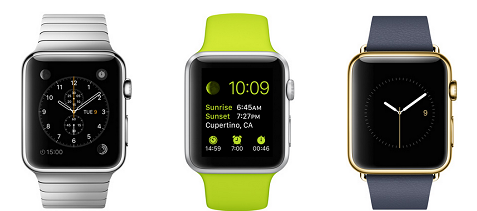How will Wearable Tech Impact on the Future of Gaming?

While there are suggestions that Google Glass may be a flawed project, it is important to recognise that the same theory does not apply to the overall concept of wearable technology. In fact, this is set to become the single most prominent tech trend in 2015, as variable garments from wristbands to alternative versions of eyewear continue to enter production.
So rather than wait to see whether Google ultimately decide to outsource the hardware portion of their Google Glass project in a bid to expedite its route to market, it is far more beneficial to consider alternative wearable technology projects and how they will impact on consumer lives. In particular, it will be fascinating to see how wearable technology alters the typical gaming experience, whether you enjoy console titles or like to play online roulette.
The journey of game worthy, wearable technology can be traced to E3 five years ago. Here, Nintendo CEO Satoru Iwata presented a prototype piece of hardware that was referred to as the ‘Wii Vitality Sensor’. This cumbersome and rustically designed peg was designed to clip onto a gamers index finger during game play, while also providing a tangible connection between man and machines. Despite its rudimentary design, the product was well-received by gamers and a keen appetite for similar, wearable technology has developed since.
This has lead us on an exciting journey of demand and innovation that has culminated with Facebook’s acquisition of virtual reality concept Oculus Rift, which will help to bring virtual reality into online and video gaming. There is common feature that binds Nintendo’s primitive Vitality Sensor and contemporary Oculus Rift hardware, however, which is the integration of always on-sensors. These are similar to the motion sensors fitted in a number of modern-day fitness wrist bands and watches, and usually serve the purpose of tracking performance and relaying real-time data.
These sensors also have alternative functions, however, many of which of relevant to the world of gaming. More specifically, they are capable of tracking individual movements and relaying these in a virtual gaming environment. These sensors can also provide a starting point that enables developers to unleash the full potential of video and mobile gaming, especially if they are incorporated alongside real-time location data, heartbeat monitoring and technology that records accurate emotional responses to specific events. Together, these elements create a wearable technology concept that can revolutionise the typical gaming experience.
In addition to this, it also creates potential for the development of wearable technology that can actually transcend existing gaming genres. By unleashing the full potential of gaming and untethering it from handsets and physical locations, every title can become an immersive mobile experience that actively engages participants. This will certainly excite both avid and novice gamers alike, and 2015 is likely to see a glut of wearable technology ideas hit the consumer market with a vengeance.
Related Posts
Posted in: Lifestyle
Tags: future of gaming





